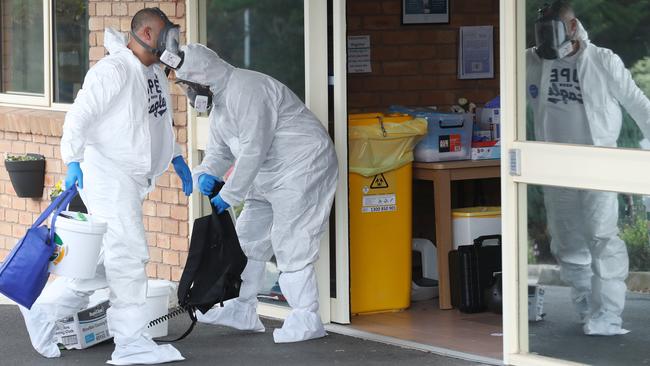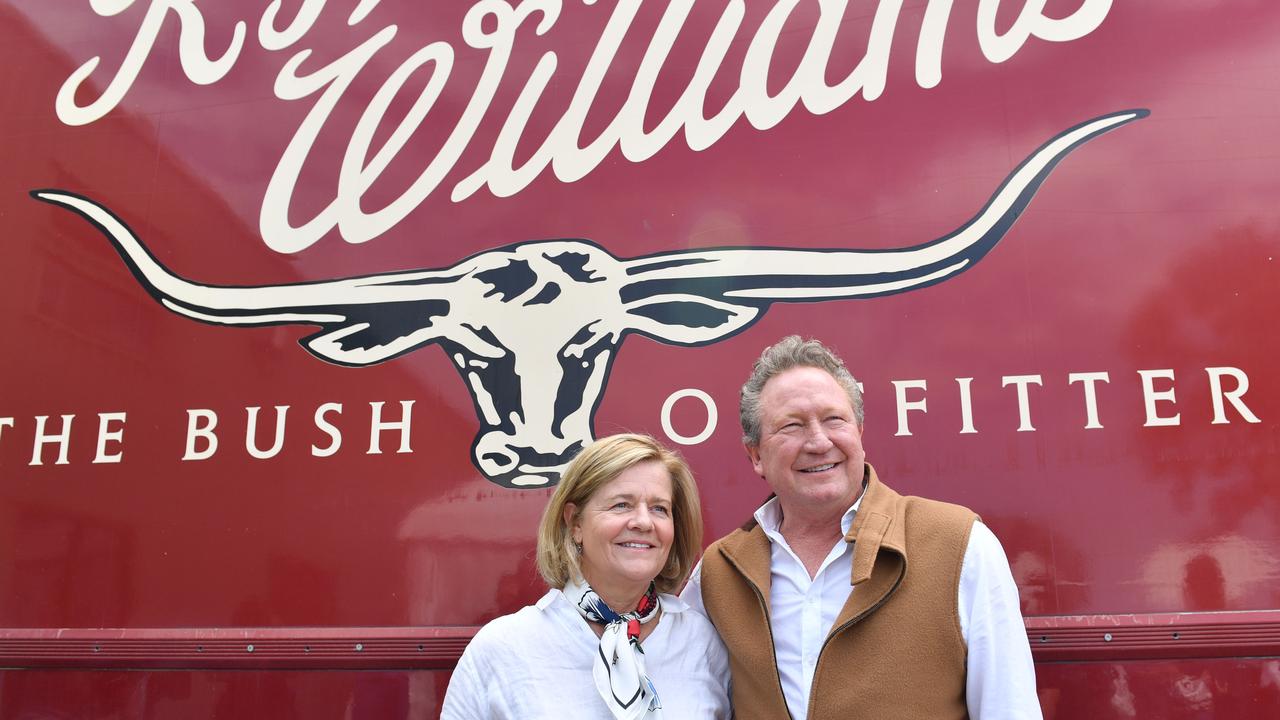Covid infects a third of Estia’s Victoria nursing homes, forces writedown
Estia’s Victorian nursing homes are under strict controls after a third were infected with COVID, fuelling $144m in writedowns.

Ian Thorley, the chief executive of a coronavirus-infested nursing home group Estia, says the aged care sector desperately needs to continue to attract private investment of around $50bn over coming years, to ensure it delivers the quality of care an ageing baby boomer population expects.
Mr Thorley, who confirmed on Tuesday that COVID-19 had infected one in three of Estia’s nursing homes in Victoria and hundreds of staff and residents, urged the federal government to press ahead with reform of the sector — with funding and financing on the top of his wishlist.
It comes as the sector, which is the subject of a royal commission, is under renewed fire after the coronavirus outbreak ripped through the highly vulnerable aged care community, leading to the deaths of 228 aged care residents across the broader sector, 197 of which were in Victoria, according to the Department of Health.
But Mr Thorley said the commonwealth increasing its level of funding to the aged care sector would not solve the problem, and a “fundamental reform of its financing” was needed to fund a forecast $50bn injection in coming years.
“It’s essential for the sector to continue to attract private capital, providing secure returns that deliver the highest quality standards to residents,” he said.
“Apart from 217 residential aged care homes that are owned and operated by state governments, residential aged care is financed by the private balanced sheet, whether they are privately owned, publicly listed or community and charitable for purpose entities.”
Mr Thorley said funding increases had not kept up with running costs, including staff wages, for the past “three or four years” and changes to financing care were needed for the sector to remain viable.
He also cited a lack of “material” refundable accommodation deposit (RAD) flows — the lump sum payment for accommodation in an aged care home which is fully refundable when a resident leaves — as another area ripe for reform and suggested increasing the “user pay” component based on resident’s capacity to do so.
“Margin erosion has been evident over the last three or four years, which revenue funding increases aren’t keeping pace with staff costs negotiated under statewide EBA. Current returns are marginal from projects absent of material RAD flows.
“Without funding and financing reform, investment in residential aged care will most likely be held back.”
Estia has reported coronavirus cases across nine of its 27 nursing homes in Victoria, with two homes in Ardeer and Heidelberg West recording almost 200 infections.
The outbreaks fuelled a $144.6m writedown of its assets and last month the Aged Care Quality and Safety Commission served Estia with a “notice to agree” (NTA) over its management of the pandemic.
Under the notice, Estia was hit with a raft of restrictions, including being barred from admitting residents at nursing homes in Heidelberg West and Ardeer and reporting weekly to the aged care commission. If it didn’t comply, it risked having its federal funding withdrawn.
Mr Thorley said some residents had died from COVID-19 but did not reveal the number but he did say the group had met the requirements under the NTA.
“I have personally spoken to the families of those residents who have passed away to convey our deeply felt sympathies and confirm our commitment to provide whatever support the families need from us. I feel for each and every one for the distress this has caused.”
At Ardeer, as of August 14, a total of 49 residents and 61 staff had tested positive for COVID-19 since the first confirmed case on July 9. A total of 29 residents and 54 staff at Heidelberg West had tested positive for COVID-19 since the first confirmed case on July 12.
The non-cash impairment propelled Estia to a $116.6m loss for the year to June 30 — a 382.4 per cent turnaround on 2019. Excluding the writedown, the company reported a net profit of $25.2m, a 39.5 per cent decline on last year.
Despite the profit wipe-out, Estia managed to record an 8.7 per cent rise in revenue to $637.1m.
Average occupancy for the year was 93.2 per cent, closing at 92.7 per cent at June 30. At August 16 group occupancy was 91.5 per cent and in the group’s 2,093 places in Victoria was 86.8 per cent.
Estia shares closed up 4.2 per cent at $1.48.



